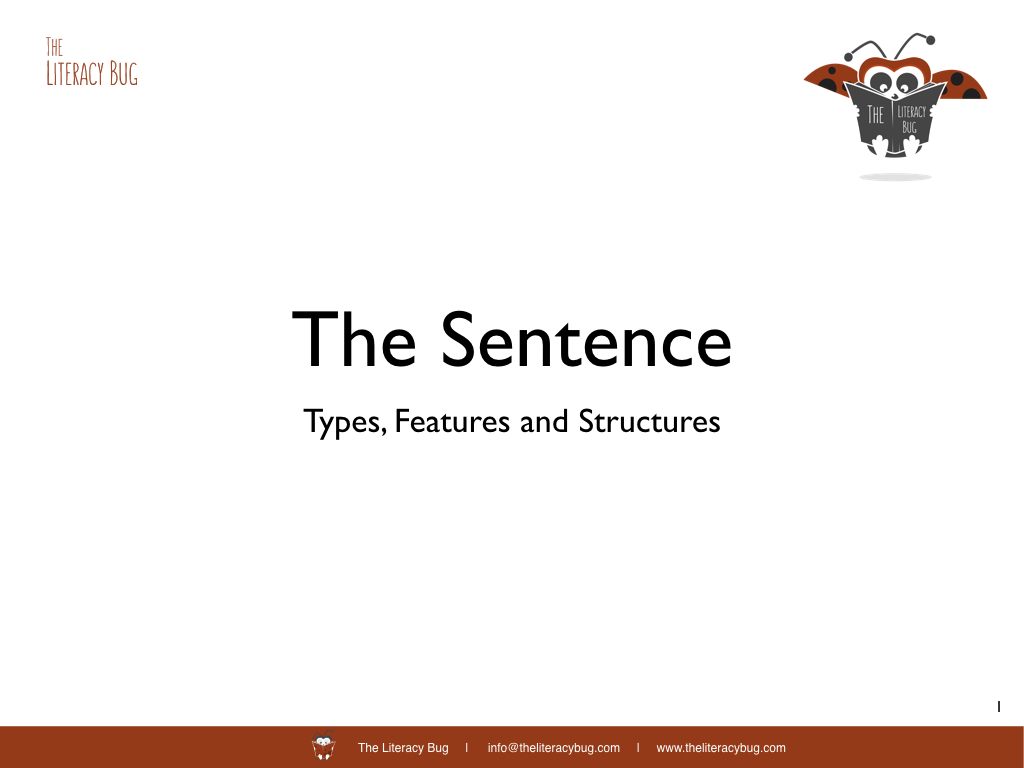Once again I feel the desire to return to the inspiration for The Literacy Bug: the philosopher Ludwig Wittgenstein.
By this stage, it lies in the distant past that this website was once known as Wittgenstein on Learning, but despite the passage of time Wittgenstein’s influence remains ever present.
The man was preoccupied by how we are able to express anything whatsoever through language. And in his flawed masterpiece Tractatus Logico-Philosophicus, Wittgenstein presents us with a conceptualisation of language which encourages us to be amazed by our ability to transfer pictures of the world through our utterances. From this perspective, a function of language is to express propositions of the world to one another. That is, language is powerful because we can use it to propose states of affairs to one another through a system of sounds (to which we attach shared meaning). By propositions, we can take it to mean “sentences on the world”.
Through the lens of the Tractatus, each proposition (or sentence) paints a picture of a state of affairs, and that state of affairs is open to consideration and contemplation (as long as the speaker and the listener share some form of language). In other words, language permits people to generate, communicate and examine possible states of affairs, whether real or fictitious ... declarative or speculative ... true or false. I can convey and receive pictures through language, and there is no necessity that I am able to experience these pictures directly for me to understand them and draw meaning from them.
The Tractatus is flawed only in the sense that our human language consists of a greater variety of propositions than merely descriptive sentences. We tell jokes. We ask questions. We talk about abstract things. We create rules and so on. Even these paragraphs - the ones you are currently reading - are valuable in that they present a picture of abstractions - languages, propositions, sentences - that may influence your future perception of “how certain things work”. In Wittgenstein’s own words from a later work,
"This picture has a double function: it informs others, as pictures or words inform -- but for one who gives the information it is a representation (or piece of information?) of another kind." (Philosophical Investigations, 280)
If we take a moment to consider descriptive sentences, there is an elegant and meditative quality to the acts of writing and reading. In the acts of writing and reading, we are builders. We are builders of experiences. We are speculators on cause and effect. We are builders of how our concepts are meant to fit together. In writing, we may chisel out an unfolding picture as we lay sentence after sentence onto the page with the aim of describing how something occurred or how something works. We must have the patience, motivation and care to find this recording process beneficial and - in fact - important to how we live our lives. That is, we must find some value in recording an observation for ourselves and others to return to. In reading, we must find some benefit in encountering and constructing a mental image of a state of affairs as we come to navigate texts. Some texts may be more accessible, whilst other texts may be “harder to crack” because they are more difficult for a particular reader to generate pictures from them.
Implied in all of this is a substratum to language: our ability to experience, perceive, notice, visualise, critique and represent aspects of the world or possible words. And whilst we have all read mechanically (focusing merely on decoding) at least once in our lives, we have also had to reread a section of text to get a proper image of what we failed to grasp in the first place. And if I am to demonstrate my comprehension, I’d be compelled to represent my understanding in some way (either in words, images or schematics). And we share these representations with others to determine whether our understanding of a text is shared by others. Have we extracted the right image?
So … amidst The Literacy Bug’s recent focus on the alphabetic principle, I feel it is important to splash a bit of paint on the purpose of our reading and writing, since the acquisition of literacy is a means to an end - not an end in itself. We want learners to become dexterous with the written word so they can discover, debate, and develop knowledge of the world, of themselves within it, and of people around them. And the learners should be deeply motivated to do so, and it is our role as teachers - in whatever capacity we serve - to foster this compulsion to examine, express and explore. This sentiment is elegantly captured by Mr. Stanley Cavell,
"The pupil must want to go on alone in taking language to the world, and that what is said must be worth saying [and writing], have a point (warning, informing, amusing, promising, questioning, chastising, counting, insisting, beseeching, and so on) … If it is part of teaching to undertake to validate these measures of interest, then it would be quite as if teaching must, as it were, undertake to show a reason for speaking [writing and reading] at all." (Cavell, 2005, pg 115)
So … please imagine, explore and enjoy! The path to discovery involves many patient moments of illumination.
References
Cavell, S. (2005). Philosophy the day after tomorrow. In Philosophy the day after tomorrow (pp. 111 – 131). Cambridge, MA: Belknap Press.
Wittgenstein, L. (2001a). Philosophical Investigations (3rd ed.). Oxford, UK: Blackwell Publishing.
Wittgenstein, L. (2001b). Tractatus logico-philosophicus. London: Routledge.


